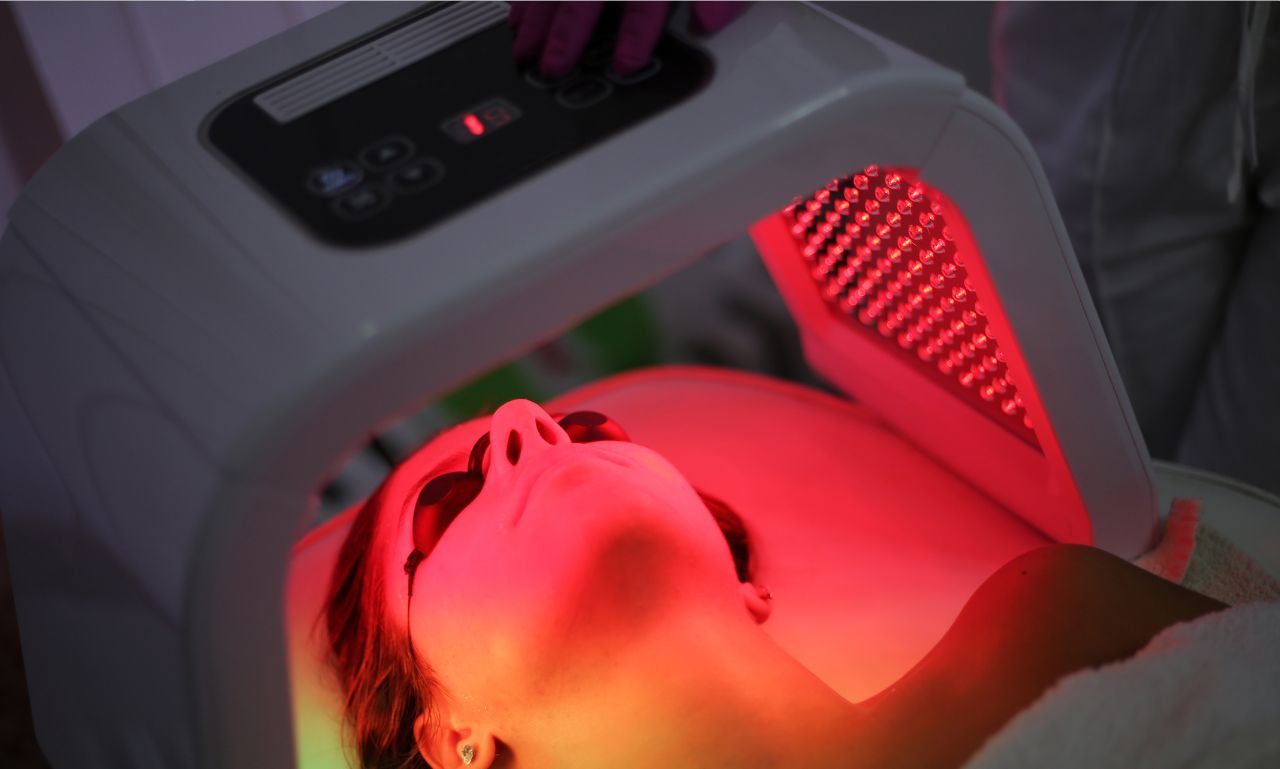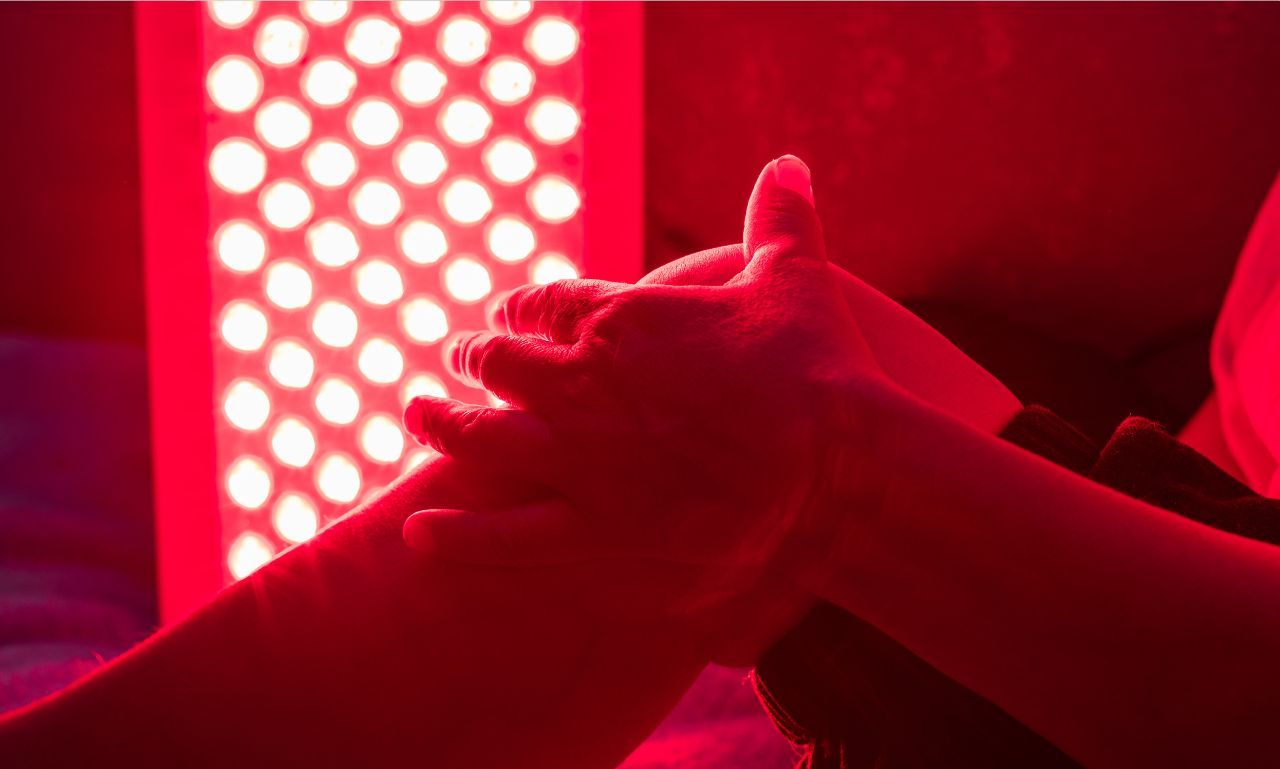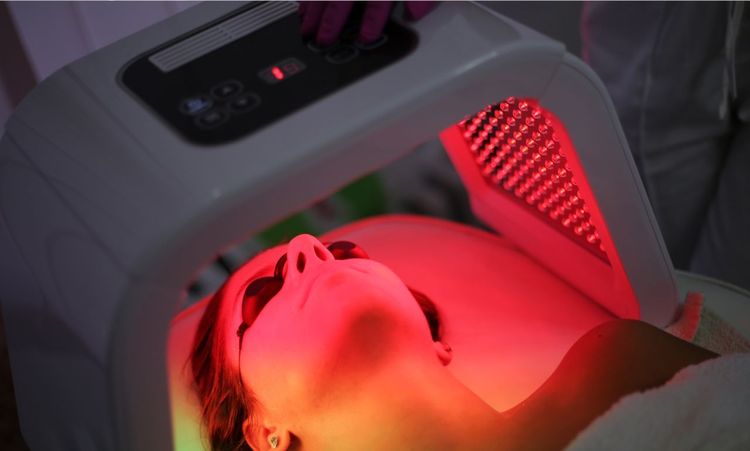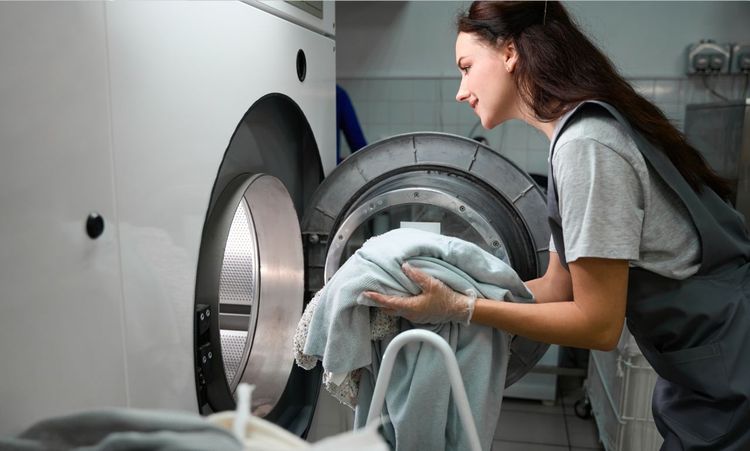The wellness industry is booming, and red light therapy is one of the most innovative and cutting-edge treatments making waves. This non-invasive therapy uses wavelengths of red and near-infrared light to provide therapeutic benefits like pain relief, enhanced muscle recovery, improved skin health, and even cognitive enhancement. Starting a red light therapy business requires careful planning, research, and a clear understanding of its therapeutic benefits. In this article, we'll share my insights and personal experience to help you navigate the process of launching a red light therapy business.
Market Research
Red light therapy businesses are part of the wellness industry, which includes a wide range of services like massage therapy, acupuncture, and even infrared saunas. Red light therapy stands out because of its broad applicability for various wellness goals, such as muscle recovery, joint pain relief, skin rejuvenation, and wound healing.
It's critical to comprehend the level of market demand for light therapy services. Who are you trying to reach? Are you serving those with chronic pain, skin disorders, or even hair loss, or are you concentrating on athletes looking to improve muscle recovery following strenuous workouts? These observations will all influence your services, marketing plan, and business model.
Planning

Once you've researched the market and understood your target audience, it's time to create a solid business plan. A well-thought-out plan should outline your vision, mission, business goals, financial projections, and operational structure. This plan will guide your decisions as you set up your business and serve as a tool for attracting investors or securing loans. One key area to include in your business plan is the pricing structure. How much will clients pay for a single light therapy session, and will you offer packages or memberships for recurring treatments?
Securing Licenses and Permits
Depending on your location, you may need to register your business with local authorities, secure a business license, and comply with zoning laws that dictate where wellness centers can operate.
In some regions, you may also need a healthcare provider license if you offer red light therapy to treat medical conditions such as chronic pain or neurological disorders. You should also familiarize yourself with regulations specific to light therapy devices, especially if you use medical-grade equipment.
Commercial Equipment
One of the most important investments you'll make in your red light therapy business is purchasing high-quality light therapy devices. The right equipment is critical to delivering effective treatments and ensuring a positive client experience.
Several types of light therapy devices are available in the market, including handheld devices, light therapy panels, and full-body light therapy systems. You may choose a combination of these devices depending on your space and budget.
A red light therapy panel for full-body treatment can cost anywhere from $500 to $2,500, while high-end devices with near-infrared light capabilities can cost $5,000 or more. Remember that these are medical-grade devices, so choosing equipment from trusted suppliers that comply with health and safety standards is essential.
Choosing the Right Location
Location plays a critical role in the success of any business, and red light therapy is no exception. If you're opening a wellness center or offering standalone therapy services, consider areas with a high concentration of potential clients—such as fitness centers, spas, or holistic health hubs.
You'll want to choose a space that's easy to access, has good visibility, and provides a comfortable environment for your clients. Think about the vibe you want to create—welcoming, relaxing, and focused on the well-being of your clients.
Finding Reliable Suppliers
Finding reliable suppliers for your equipment, products, and other supplies is essential for keeping your business running smoothly. You'll need to establish relationships with suppliers who can provide the highest-quality light therapy devices, maintenance services, and complementary products like lotions, oils, or accessories.
As you start sourcing your equipment, make sure to ask about warranties, after-sales support, and the supplier's track record in the wellness industry. One important consideration is power density, as high-quality devices with sufficient power density provide the best therapeutic benefits for clients.
Financing Your Equipment
It can be costly upfront to finance the equipment you need for your red light therapy business. Several choices exist, including crowdsourcing, equipment leasing, and small company loans. If you're bootstrapping your business, you should first prioritize which equipment to invest in, such as purchasing a few key light therapy panels.
You can also seek investors or partners interested in the wellness market. Offering a compelling business model with a strong potential return on investment (ROI) can attract funding, especially if you can show how red light therapy fits the growing demand for natural treatments.
Training and Operating Procedures

Providing comprehensive training for your staff is essential. Red light therapy requires knowledge of how to operate the equipment, the science behind it, and its various therapeutic applications. Training will ensure that your staff can provide the best possible treatment to your clients, leading to higher satisfaction and repeat business.
Additionally, establishing clear operating procedures is essential to running a smooth business. Consider creating protocols that detail how to conduct light therapy sessions, handle customer feedback, and maintain equipment.
How Much Does Red Light Therapy Cost?
The cost of red light therapy depends on several factors, including the type of device used, the length of the session, and your location. On average, a single session can range from $30 to $100.
For example, a 30-minute session may cost around $50, while a full-body treatment may be higher. Offering packages or memberships can be an effective way to attract repeat clients and increase overall revenue. Many businesses offer a discounted rate for multiple sessions or memberships that provide ongoing treatments for a monthly fee.
Is Red Light Therapy Profitable?
Yes, red light therapy can be profitable, mainly if you target the right market and offer high-quality services. With the wellness industry continuing to grow and consumer demand for natural, non-invasive treatments increasing, a well-run red light therapy business can generate significant revenue.
Your profits will depend on location, equipment quality, pricing, and marketing efforts. However, once you establish a loyal client base, your business will likely experience steady growth, as many clients return for regular treatments to address chronic pain, skin conditions, or muscle recovery.
Can an Esthetician Do Red Light Therapy?

Yes, estheticians can offer red light therapy as part of their treatment offerings, provided they've undergone the proper training and certification. In fact, estheticians often use red light therapy for skin rejuvenation, acne treatment, and collagen production. It's a safe and effective treatment modality that can complement other aesthetic services, such as facials or body contouring.
Conclusion
Starting a red light therapy business is a compelling opportunity in today's wellness-focused world. You can carve out a successful niche in this growing industry with careful planning, high-quality equipment, and a customer-centric approach.
Remember, the key to success lies in understanding your market, delivering exceptional value, and staying ahead of industry trends. Whether you're a seasoned entrepreneur or new to wellness, now is the time to take the leap and start your red light therapy business.




